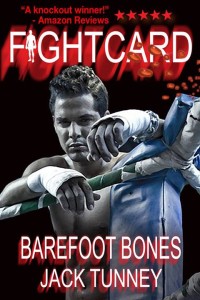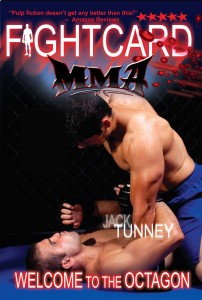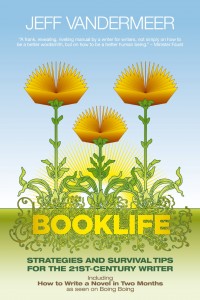Honored by her college for literary excellence, author Carol Malone has played make-believe all her life and started writing romantic tales in high school. Raised with four older brothers, sports was the center of her family’s life. To this day, she still bleeds Dodger Blue. Carol writes pulse-pounding, noir sports stories with a passionate twist, inviting fans to jump in a front row seat and cheer for the underdog.
Can a romance writer make it in the harboiled world of fight fiction?
Carol A. Malone
I wrote Fight Card Romance: Ladies Night on a dare.
A couple of years ago, my friend, Paul Bishop, along with his good friend, Mel Odom, created the Fight Card series – fast action boxing tales inspired by the fight pulps of the ‘40s and ‘50s. Being part of a monthly writers group mentored by Paul, I was familiar with these novels and intrigued by their punchy style. When Paul offered my husband, Tim, the opportunity to write a Fight Card novella, I saw only one major problem – Tim, raised with four sisters, can’t abide sports. He never played sports of any kind, nor does he like to sit and watch sports on TV He considers it wasting time.
On the other hand, I was raised with four older brothers. When I wasn’t blowing up a Lionel train set with my brother’s dart-shooting-tank-truck, I was outside shooting arrows into a bale of hay, riding my grandmother’s horse, or zipping down sloping hills on my brothers’ sled like my hair was on fire. I learned how to score a baseball game well before learning my ABC’s.
Sports was a way of life with four brothers – ice skating, skiing, hockey, water skiing, basketball, football, bowling, and baseball. Weekends in my family were spend watching Friday Night Fights with my dad, attending my brother’s baseball games on Saturday afternoons, and bowling with the whole family on Saturday evenings. I ran track, played tennis, and was on my college’s volleyball team. I am a die-hard Dodger devotee – and, like Tommy Lasorda, if I get cut, I bleed Dodger Blue. My dream was to be a batgirl – not one who chased after Adam West, but the kind who takes care of the bats for all those hunky ballplayers.
I read all the previous Fight Card novels and loved them. If Tim wasn’t going to take a crack at a Fight Card story, then I wanted to get in the ring. The series to that point was essentially guy sports stories written for tough-minded, fight-loving male fans, so I was a little tenuous, wondering if I would be accepted into the brotherhood.
I was determined to approach Paul about an assignment, but figured the best thing to do would be to start writing a Fight Card story and surprise him at our next writers group meeting. I was already writing romance with some form of suspense and action – I was hoping it wouldn’t be much different.
So, without Paul’s knowledge, I started to write Ladies Night in March, 2012, all the while working on other romantic manuscripts. For boxing research, I watched fights from the 50’s on YouTube, typing the descriptions of the punches into my computer while announcers describe the action. I rounded out the research with old LA city maps, period photos, boxing statistics, and scads of boxing technique videos.
With trepidation, I brought the first chapters of Ladies Night to the once a month writers group and was overwhelmed with the excited acceptance. Paul encouraged me to continue. He’d had a notion in his head to expand the Fight Card brand – which he’d already done by adding in a series of Fight Card MMA novels – to include Fight Card Romance novels, and Ladies Night looked like it might fill the niche.
Working with my book coach Beth Barany (http://bethbarany.com) on my previous romantic fiction, I put aside the prosaic stuff and concentrated on my Fight Card book. Beth kept reviewing the manuscript, teaching me invaluable skills to make the process run smoothly.
With his real world background in police interrogation, Paul knows how to make criminals sweat. I often felt the cold-cop experience of Paul’s suspect-breaking techniques when I wrote a couple of chapters he thought were a crime. Yet, under his tutelage, I experienced phenomenal growth. I went from writing very bad romance to creating a well-turned sports-romance novel. Paul is confident, but time will tell if it will be accepted by the die-hard fans of the great Fight Card stories.
I couldn’t have written Ladies Night without Paul and Beth’s expert influence and their uncompromising declarations, from time to time, that some of my writing did indeed – suck. But they also offered praise and reassurance, and forced me to keep at it until I got it right. Just like a heavyweight champion needs the right trainer and the right cornermen, so too does a writer.
Find out more about Fight Card Romance and other Fight Card brands here: www.fightcardbooks.com




